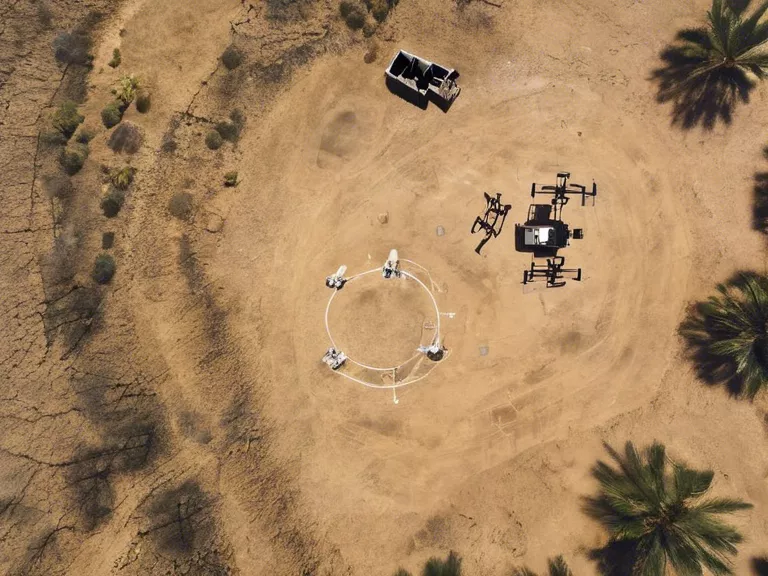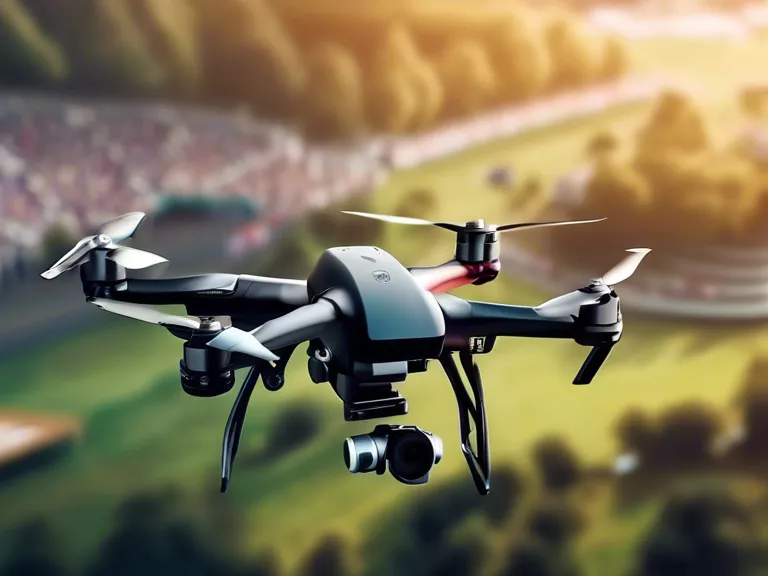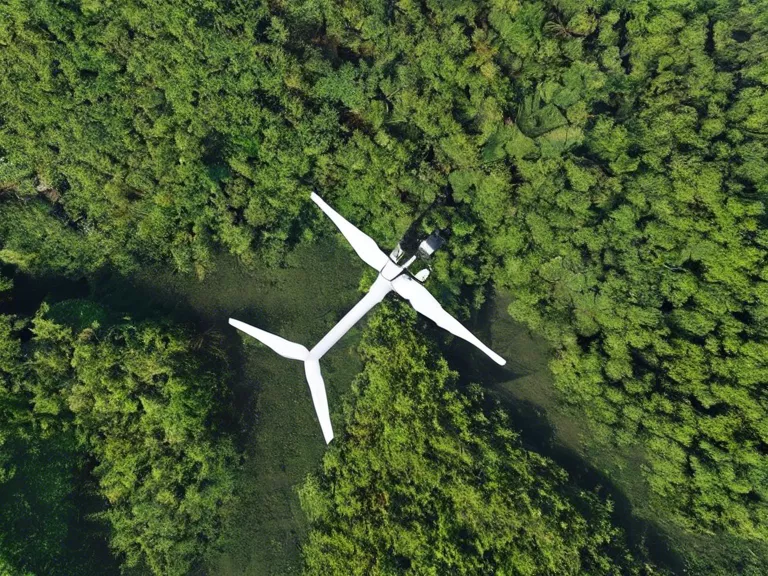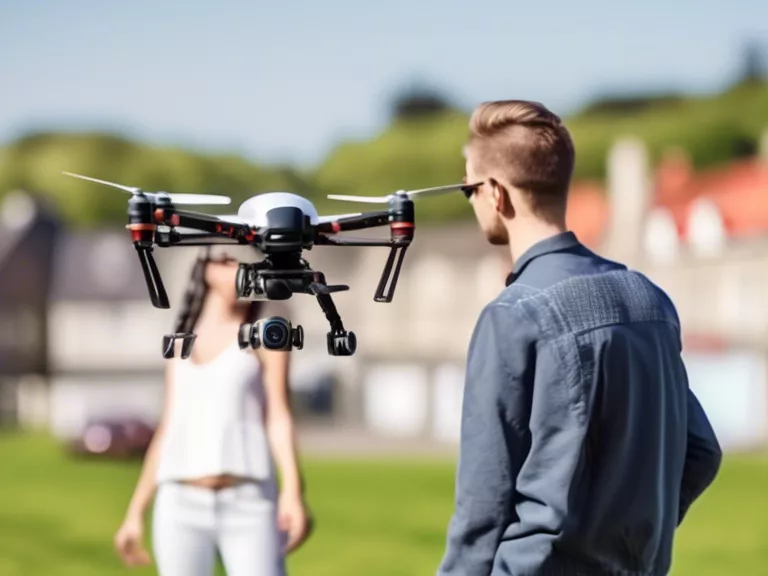
Drones have revolutionized the field of archaeology, allowing researchers to explore and uncover ancient sites more efficiently than ever before. Through the use of aerial site mapping, drones are helping to advance archaeological discoveries and provide new insights into our past.
One of the main advantages of using drones in archaeology is their ability to capture detailed aerial images of archaeological sites. These images can reveal patterns and structures that are not easily visible from the ground, helping archaeologists to better understand the layout and organization of ancient civilizations. By creating high-resolution maps of sites, researchers can also track changes over time and monitor the impact of factors such as erosion or looting.
In addition to capturing images, drones equipped with specialized sensors can gather valuable data about archaeological sites. Thermal imaging cameras, LiDAR scanners, and magnetometers are just a few examples of the technologies that drones can carry to collect data that is crucial for identifying buried structures or artifacts. This data can provide important clues about the history and significance of a site, helping researchers to piece together the puzzle of the past.
Furthermore, drones are particularly useful for conducting surveys in hard-to-reach or remote areas. In regions with challenging terrain or political instability, drones can provide a safe and cost-effective way to explore archaeological sites without putting researchers at risk. By covering large areas quickly and efficiently, drones have the potential to accelerate the pace of archaeological discoveries and expand our understanding of ancient civilizations.
As drone technology continues to improve and become more accessible, archaeologists are increasingly turning to aerial site mapping as a powerful tool for their research. By leveraging the capabilities of drones, researchers are able to uncover new information about our shared heritage and preserve the legacy of past civilizations for future generations.



